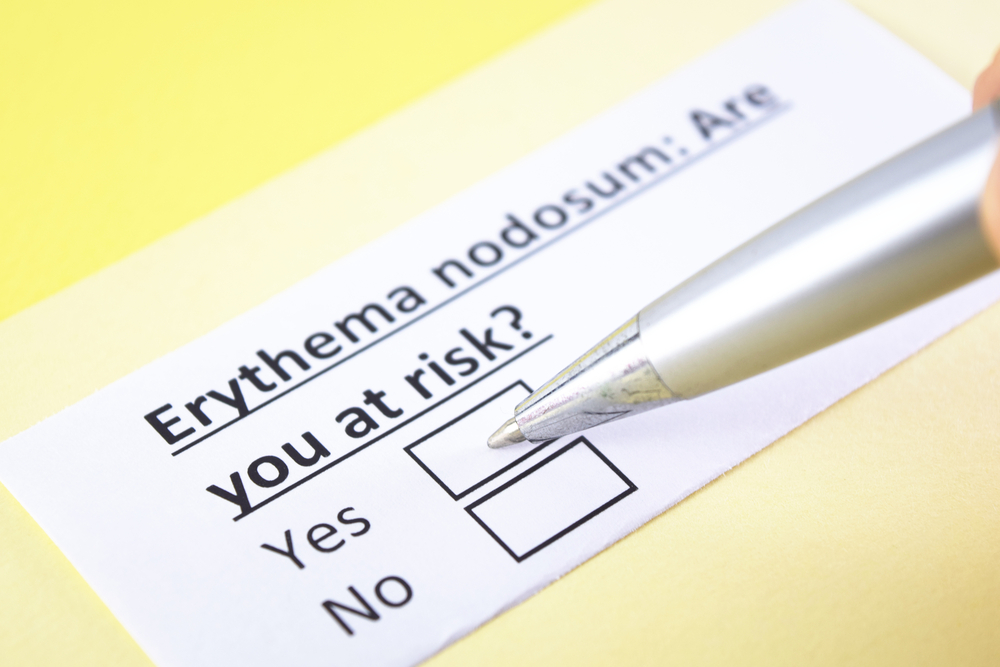Erythema nodosum, also known as EN, is an inflammation of the skin characterized by soft, reddish, painful nodules or lumps that originate from the skin’s fatty subcutaneous part. Very frequently, patients suffering from EN have these nodules or lumps in the front of the legs, just right below the knees. EN is the most common form of panniculitis – these are a group of disorders characterized by painful bumps, or nodules, that form under the fatty subcutaneous part of the skin and are often found on the feet and legs.
The reddish, painful nodules or lumps found in erythema nodosum range from the size of a dime to the size of a quarter. The inflammation can go on and off for several weeks, then become flat and shrink down, marking the area with a bruised appearance but only temporarily.
By itself, EN can go away within a span of three weeks up to six weeks. After it’s gone, it can leave either a bruised appearance or a chronic indented mark located on the fatty part of the injured skin, but these are only temporary.


